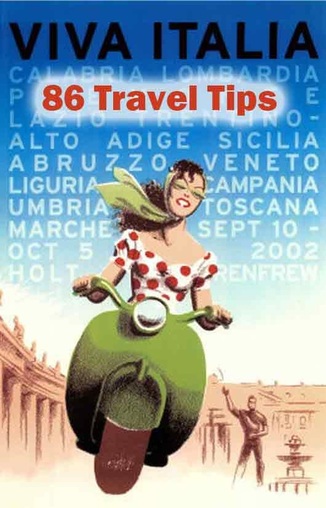Please LIKE this post or share it... grazie. Copyright, Jerry Finzi, Grand Voyage Italy, All rights reserved .
0 Comments
Your comment will be posted after it is approved.
Leave a Reply. |
Categories
All
Archive
June 2024
|



 RSS Feed
RSS Feed
